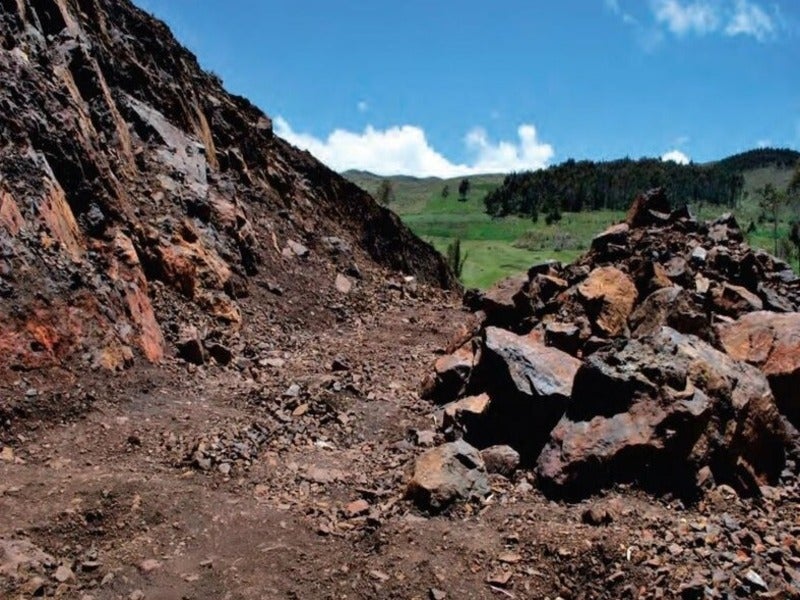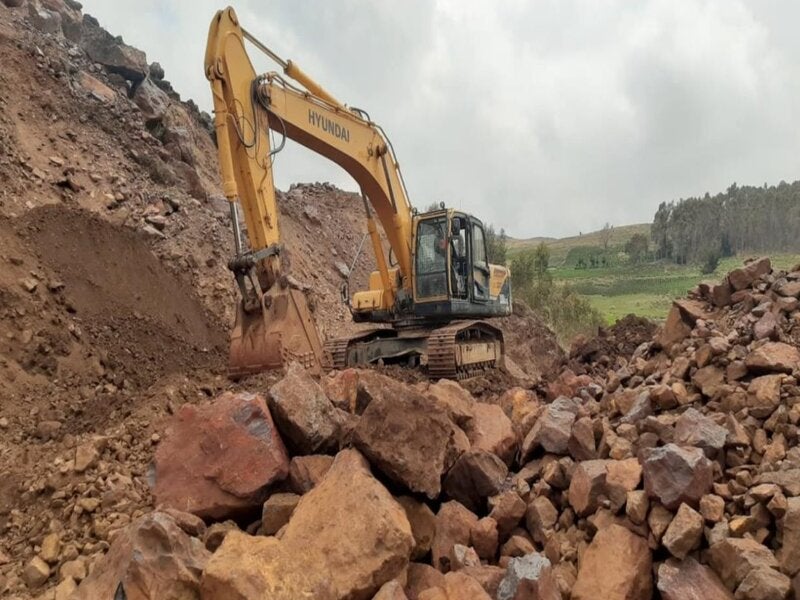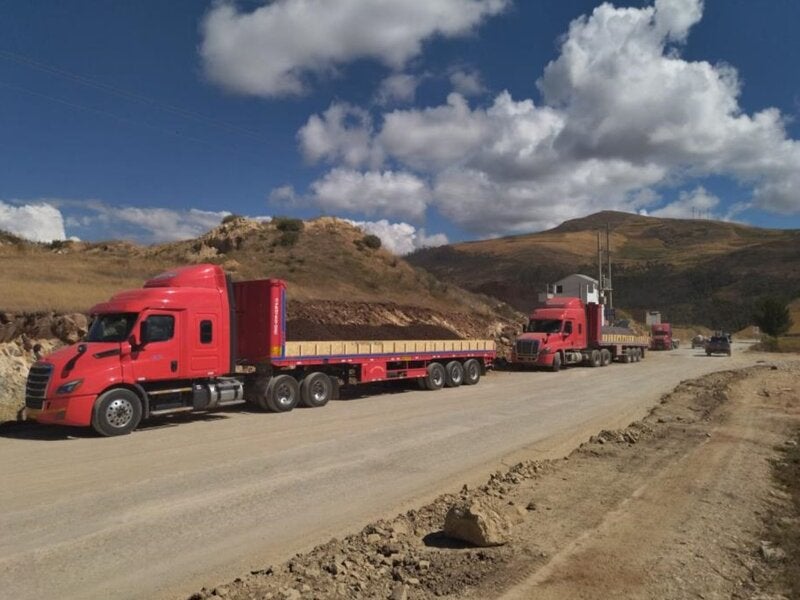The Apurimac iron ore project is one of the world’s highest-grade open-pit magnetite projects. Located in the southern highlands of Peru, it is being developed by Strike Resources (Strike), an Australian mineral exploration company.
Strike has a 100% interest in Apurimac Ferrum (AF), a Peruvian company that owns the mineral concessions at Apurimac.
An initial pre-feasibility study (PFS) was completed in 2008 and updated in 2010. The mine is expected to have a production capacity ranging between 15 million tonnes per annum (Mtpa) and 20Mtpa.
The first shipment of lump direct shipping ore (DSO) from the project is expected in the third quarter of 2021. Strike aims to achieve a production rate of approximately 250,000t a year in the near term. It raised A$5m ($3.87m) to support the production increase at the Apurimac project and advance its Paulsens East iron ore mine in Australia.
Apurimac iron ore project location and geology
The Apurimac iron ore project is located 20km away from Andahuaylas in the southern highlands of Peru.
The property encompasses multiple concessions that host potential high-grade DSO. The majority of the resource is present within two concessions, named Opaban I and Opaban III.
The magnetic anomaly in the concessions has a strike length of approximately 5.4km. The main Opaban I deposit is an iron-skarn deposit, which is tabular in shape and typically flat.
Apurimac iron ore project mineralisation and reserves
The mineralisation in the Opaban I and III concessions remains open at depth and to the west. It primarily comprises friable, coarse-grained magnetite whose grade is nearly double that of most magnetite deposits. Initial drilling identified a 1,600m-long, 300m-wide mineralised body.
The Joint Ore Reserves Committee (JORC) compliant resources at the Apurimac iron ore project are estimated at 269.4 million tonnes (Mt), including 142.2Mt of indicated mineral resource grading 57.84% Fe and 127.2Mt of inferred resources grading 56.7% Fe.
Mining and processing at Apurimac iron ore project
The project involves the development of Opaban I and Opaban III and the optimisation of resources. Conventional open-cut mining is used to extract iron ore from the Apurimac project. The PFS considered a 20Mtpa mining operation for 20 years.
The high-grade DSO is processed in two crushing plants near the Apurimac project site and a new high-capacity crushing plant near the Port of Pisco. A fleet of 50 trucks is used for trucking the mined ore to the new crushing facility and transporting the crushed ore to the port. A further fleet of 30 trucks is planned to be added to support the increase in production.
The PFS focused on a processing plant design that comprises a primary gyratory crusher, secondary crushing and screening, high-pressure grinding rolls (HPGR), wet screening of HPGR product, and primary ball mills for size reduction to 0.25mm.
The processing also involves magnetic separation using low-intensity magnetic separators (LIMS) and wet high-intensity magnetic separators (WHIMS).
The concentrate is ground, thickened, and transported to the port. It is dewatered and stockpiled at the port before export. A 300km-long slurry pipeline was considered by the study as the preferred solution for shipping the concentrate to the port.
Strike is focused on producing high-grade premium lump DSO product graded at 65% Fe with low impurities.
Railway infrastructure in Peru
The Peruvian Government proposed a 570km-long railway line between Andahuaylas and the Port of San Juan de Marcona on the country’s west coast.
Known as Andahuaylas Railway, the new line will connect mining operations in the Apurimac region to the Port of San Juan de Marcona that is proposed to be built to support the export of minerals.
In October 2018, the Peruvian Ministry of Transport and Communications (MOTC) awarded a contract to Consorcio Ferrocarril Del Sur (Southern Railway Consortium), an international consortium of engineering companies, to conduct a feasibility study on the construction of the Andahuaylas Railway.
The consortium comprises Dohwa Engineering (South Korea), Genera Consulting (Peru), and Geodata Engineering (Italy).
The proposed railway line will provide a direct connection between the iron ore project and the mineral export port. The construction of the Andahuaylas Railway is expected to begin in 2024 while commissioning is anticipated by 2028.
Off-take agreement between Strike and GII
Strike and multinational iron ore trading company Good Importing International (GII) signed a two-year agreement for the off-take of premium lump DSO in April 2021. GII made pre-payments totalling $4.5m for the shipments, as of August 2021.
Contractors involved in Apurimac project
Australian consultancy firm Snowden Mining Industry Consultants and Sinclair Knight Mertz (now part of US-based construction company Jacobs Engineering) conducted the PFS in 2008.
Australian government agency Commonwealth Scientific and Industrial Research Organisation (CSIRO) prepared the characterisation of the petrological and mineralogical properties of iron oxides from the different ore types found in Opaban I.
Global engineering services company Ausenco was engaged to review and revise the 2008 PFS and 2010 updated PFS. It also conducted a study on the processing plant and port filtration facility while its pipeline systems incorporated (PSI) unit completed the concentrate pipeline study.
Ausenco’s Sandwell business and multinational mining consultancy firm SRK Consulting undertook a detailed technical and costing study on the construction and operation of a dedicated railway for the project in 2010. SRK Consulting completed a concept mine study for the project in the same year.






